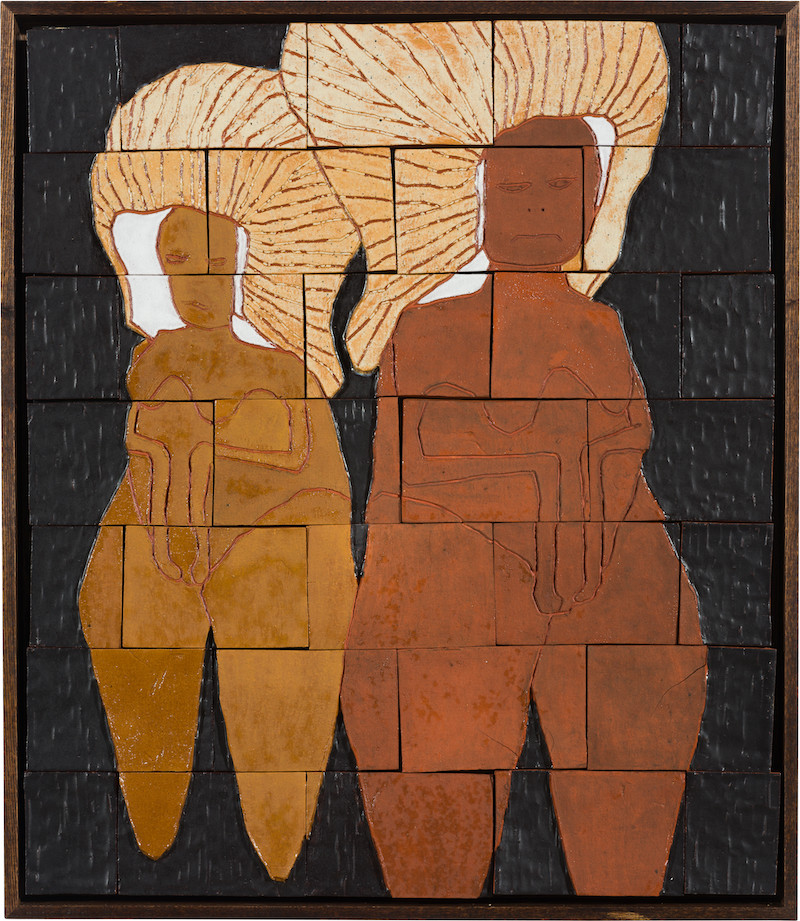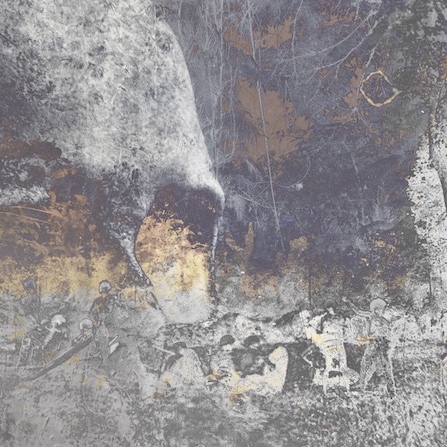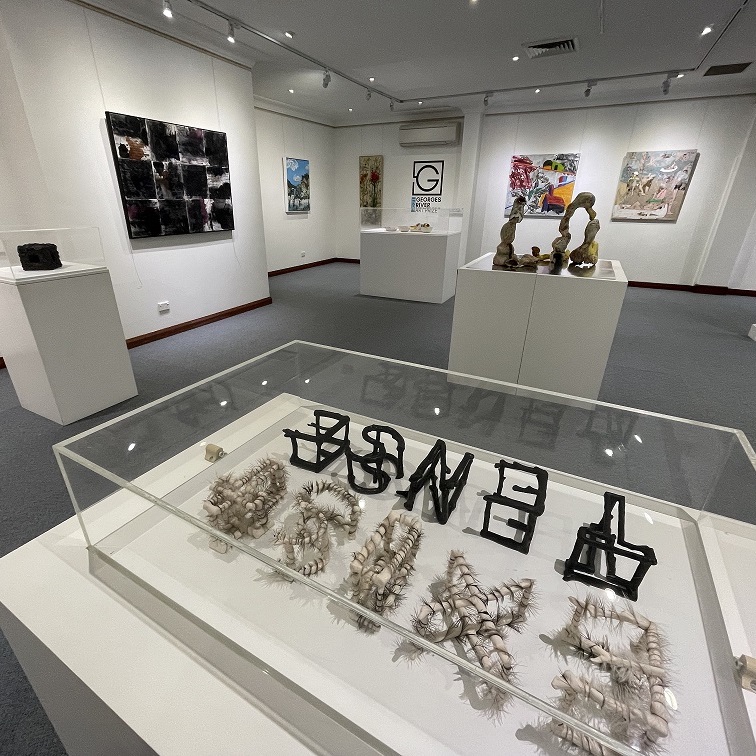Pull Focus: Renee So
Micheal Do discusses what makes Renee So’s work ‘Venus of Valdivia II’ work as a work of art.
Words: Micheal Do
The work: Renee So, Venus of Valdivia II, 2020. Glazed ceramic, oak tray frame, 66.5 x 58 x 5.5cm. Courtesy: the artist and Roslyn Oxley9 Gallery, Sydney.
The world of art history contains multitudes of bodies rendered in every medium imaginable, from sculpture, to allegorical paintings, video, and immersive virtual reality. London-based, Hong Kong-born, Australian artist, Renee So’s Venus of Valdivia II, 2020 continues this millennia-long tradition of artists imagining the body. Long fascinated with art objects from outside our own era, So has spent the past decade examining the material use and cultural histories of pottery, drawing upon museum objects as reference and research for her own magical and mythical works of art that comment on social codes and power structures.
Venus of Valdivia II is a version of a work first exhibited as part of the artist’s solo exhibition Ancient and Modern, 2019 – 2020 at the De La Warr Pavillion, in East Sussex, United Kingdom. Tasked with responding to the 100th anniversary of the German art school, Bauhaus, the artistic movement which combined rich aesthetics with everyday function, So created works that drew upon the rich history and artistic language of pre-Colombian pottery. Dating from the Caribbean, North, Central and South Americas from the late Stone Age (50 000 B.C.) until Spanish conquest (16th century), the movement which features in several museum collections, was admired by many artists of Bauhaus, including Anni Albers, the link between So and pre-Colombia.
Composed of glazed ceramic tiles, Venus of Valdivia II depicts two female figures rendered in rich earthy tones. The ghostly figures reimagine the small figures of Venus, the god of fertility, found near the modern-day town of Valdivia, Ecuador. These figures, often nondescript and produced in great quantities, regularly featured rich and relatively elaborate hairdos – which So has translated into this work. While their exact function and use is unknown, Western scholars have hypothesised that the figures carried spiritual connotations and were likely used during shamanistic rituals.
Leaning into this world of archaeological mystery, So has renewed these figures, taking them off the plinths of major museums where they now exist, and reimagined them with her unique narrative touch. The result is this painted glaze on ceramic work which shimmers with process, memory and open-ended narrative that more fittingly reflects the pre-Colombian maker’s intention – not to create objects for a display case, but using clay to make meaning, power, and emotion. By reanimating this historical craft practice in this way, So offers a judicious reminder that within the history of ceramics, from the ancients, to the Bauhaus and to contemporary art, women, and the female agenda have always been a critical facet – a millennia-long tradition all too often and too easily forgotten.
This interest in the female form and the female agenda continues in So’s work, and will form an overarching guide to her upcoming exhibitions across the United Kingdom, including Lychee One Gallery, London, Chapter Arts Centre, Cardiff, Wales and Cample Line, Dumfrieshire, Scotland.
This article was originally published in Art Collector issue 94, October to December 2020.










